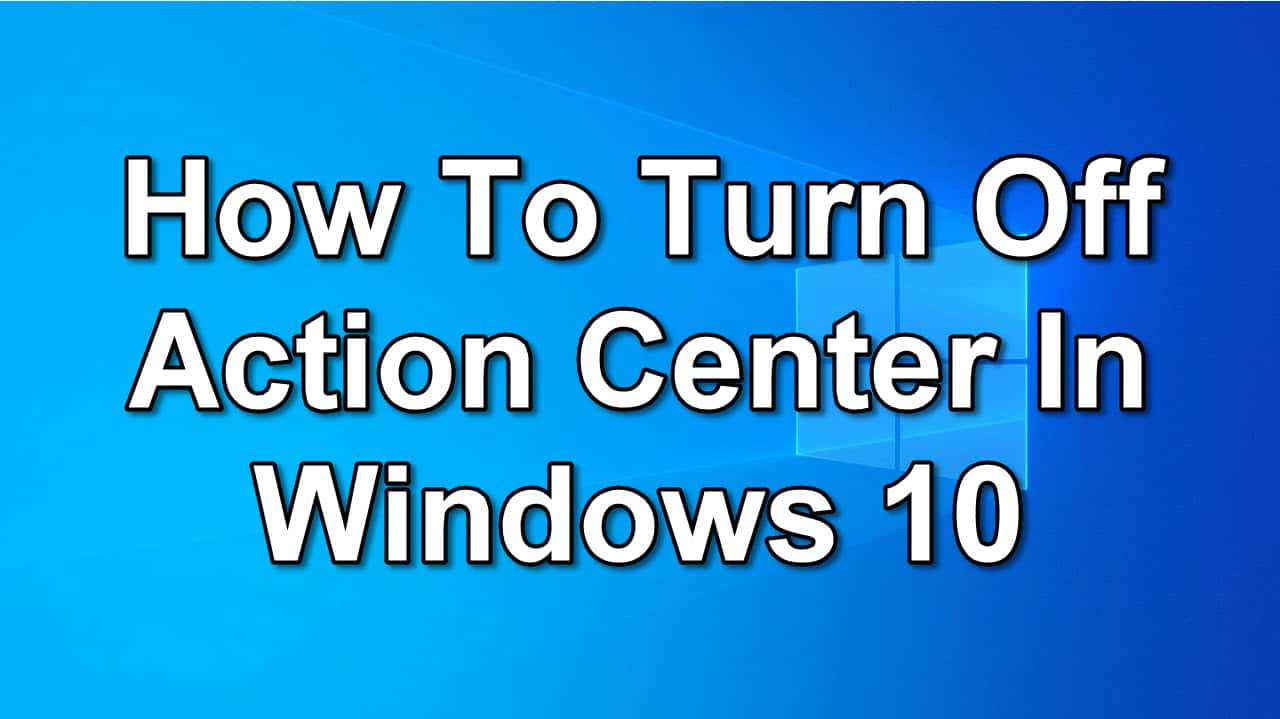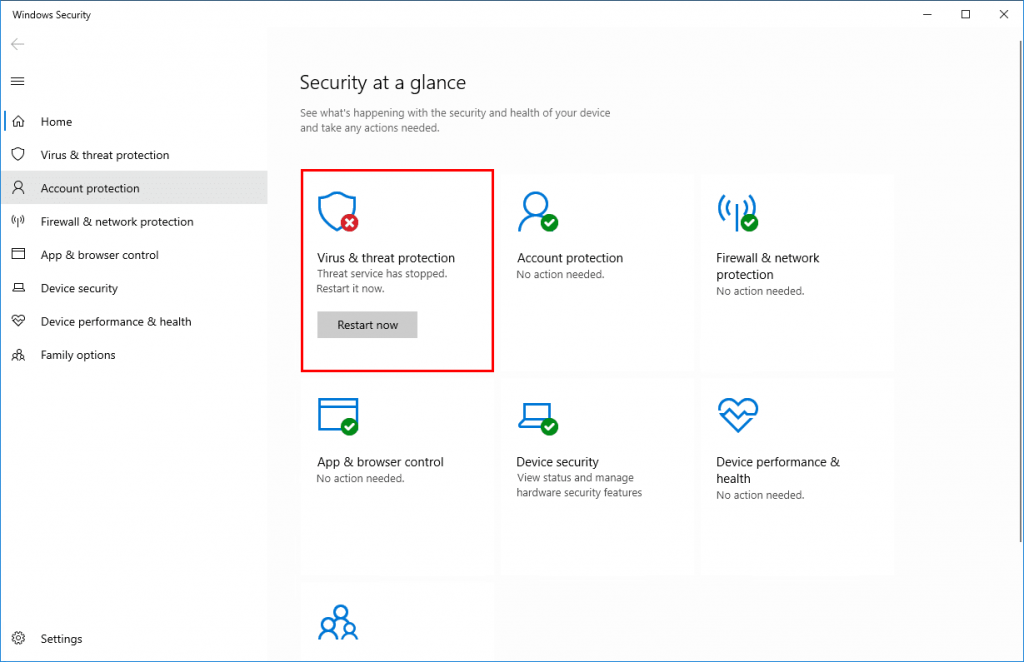

But notification overload is definitely a thing, especially when you add unnecessary notifications (such as Windows tips) into the mix.

The Windows 10 Action Center is a handy central hub for all of your notifications - apps, reminders, recently installed programs.
#Last.fm how to turn off notifications windows 10 update#
This feature is turned on by default, but you can turn it off by going to Settings > Update & security > Advanced options > Delivery optimization and toggling off Allow downloads from other PCs. The catch is that your computer is also used as an update-sharing hub for other Windows 10 users. (You can also check out some top Windows 10 tips and tricks and how to troubleshoot common Windows 10 problems.) File-sharing updatesĪ feature Windows 10 added is an optimized update delivery system that lets you download updates from other Windows 10 computers over the Internet (not just from Microsoft's servers). Here are eight settings that are turned on by default that you can disable in Windows 10. You'll want to spend just a few minutes looking into these settings and potentially turning them off, for the sake of privacy, speed and convenience. As long as Windows 10 is still what's powering your computer, it's worth it to optimize your settings to make sure your PC is running the best it can. Some are just annoying (you don't really need Cortana "getting to know you"), while others will actually slow down your device, show you tons of notifications and ads and collect more of your information than you might be comfortable with.

And like any operating system, Windows 10 has a few default settings that are less than ideal. In the meantime, a lot of PCs still run Windows 10. Microsoft's latest operating system, Windows 11, launched last year and is already well into its staggered rollout, which should be complete (for all compatible computers) by the middle of this year.


 0 kommentar(er)
0 kommentar(er)
